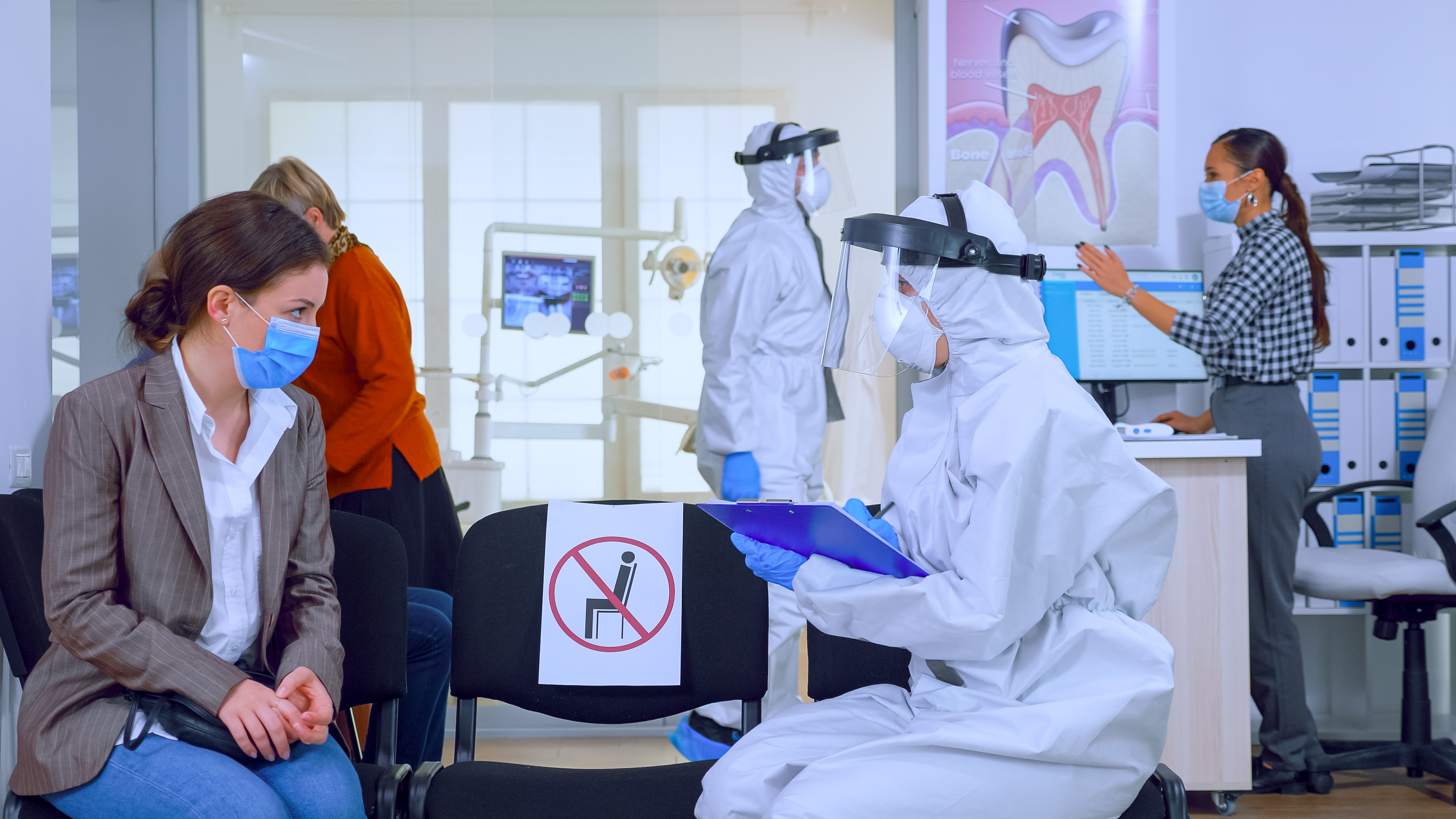Preparation for the CITB Health, Safety and Environment Test
Deconstructing Safety and Environmental Ideas
Within the scope of this topic, the fundamental ideas of environmental protection and safety are dissected and put under the microscope. Taking into consideration how essential it is to protect the natural environment and to keep the working environment safe is an important consideration. You can prepare yourself for the CITB exam by going through the process of learning tough concepts through explanations that are simple to comprehend.
Complying with Health and Safety Laws
Become familiar with the fundamental laws that govern health and safety. Gain an understanding of how to identify potential dangers and promote a safe working environment. The practical knowledge that will be provided in this session will assist you in achieving success on the CITB examinations.
Workplace Environmental Stewardship
Find out how you can help maintain the environment where you work. Learn the fundamentals of environmental stewardship, from trash management to sustainable practices. This subject highlights the relationship between workplace environment.
Identifying and Dealing with Harassment
Examine the important subject of workplace harassment in detail. Create a more secure and welcoming atmosphere by learning to recognize, confront, and avoid harassment. Comprehending this crucial element is vital for achieving success in the safety and environment segment of the CITB examination.
Useful Advice for Passing Exams
Prepare yourself with useful hints and techniques to ace the CITB Environment, Safety, and Health Test. With its focus on time management and productive study practices, this curriculum makes sure you're ready for success.
Lessons
Brief Descripiton of Preparation for the CITB Health, Safety and Environment Test
Module 1: General Responsibilities
Module 2: Accident Reporting and Recording
Module 3: First Aid and Emergency Procedures
Module 4: Personal Protective Equipment
Module 5: Environmental Awareness and Waste Control
Module 6: Dust and Fumes (Respiratory Hazards)
Module 7: Noise and Vibration
Module 8: Health and Welfare
Module 9: Manual Handling
Module 10: Safety Warning Signs
Module 11: Fire Prevention and Control
Module 12: Electrical Safety, Tools and Equipment
Module 13: Site Transport Safety and Lifting Operations
Module 14: Working at Height
Module 15: Excavations and Confined Spaces
Module 16: Hazardous Substances





No Comments